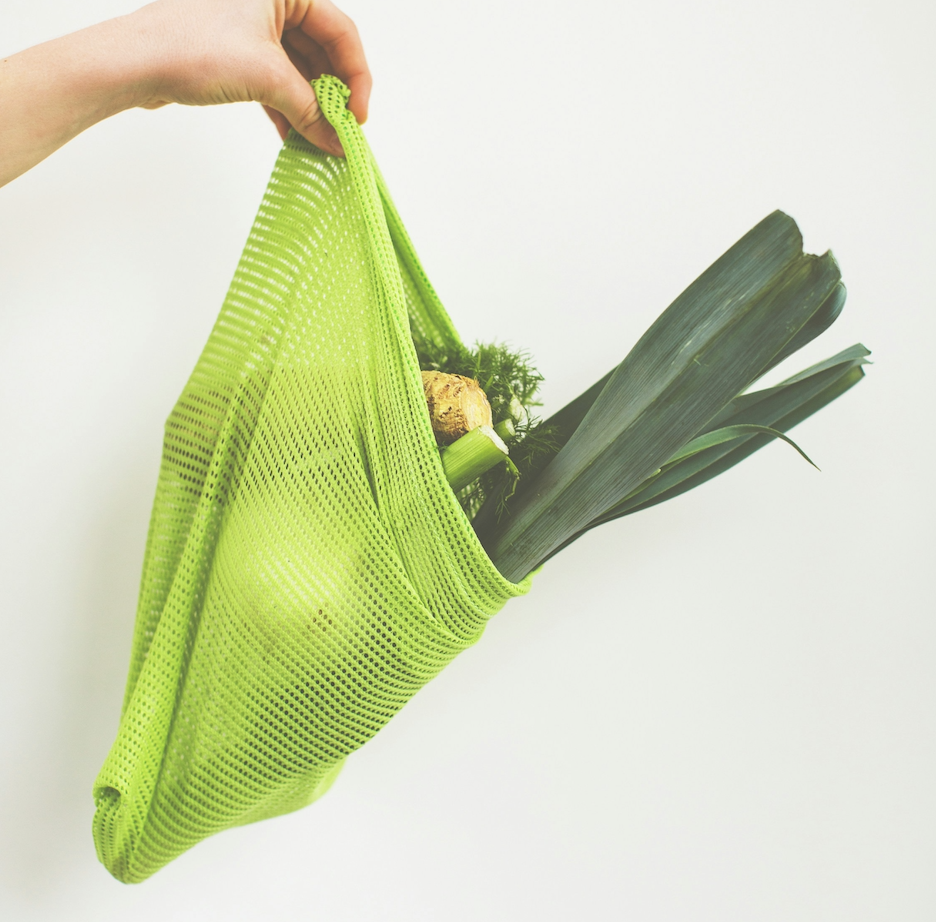How to Avoid Food Waste

You have probably found yourself throwing away food that has expired or will no longer be consumed. According to the U.S. Department of Agriculture (USDA), over one-third of available food in the United States goes to waste every year. One solution is to plan meals ahead of time. That can save you trips to the grocery store, reduce food waste, and keep money in your pocket. You can plan for meal preparation, cooking, and leftover food.
Here are some tips that will help you reduce food waste and food expenses in your home:
Prepare Fruits: After purchasing fruits, prepare them for snacking and cooking throughout the week. For example, remove the rind from large fruits such as pineapple and melons, cut them into chunks and place them in airtight storage containers in the fridge for easy consumption. Some produce tends to be more prone to being wasted. To learn more, take a look at “Reduce Food Waste”.
Freezer Meals: Large batch meals are great candidates for portioning to freeze. Casseroles, one-pot recipes, soups and stews are ideal. Other favorites include sloppy joes, tacos, shredded barbeque pork, and fillings to roll up a burrito. Freezing half of the prepared meal will help ensure your family doesn’t tire of the same food. Be sure to indicate on the container when the meal was cooked and frozen. Not sure how to package freezer meals? See “Freezer Meals: A simple solution with little clean up”
Create Several Meals from the Same Item: Large food items such as rotisserie chicken may take several days to consume. With some creativity, multiple meals can be made with rotisserie chicken. Day one, eat the chicken as an entrée with vegetables. On day 2, make chicken noodle soup. There will be plenty of chicken and vegetables from day one and soup makes the perfect freezer meal. Finally, on day 3, use the remaining chicken to enjoy a sandwich. Looking for recipes? See our 3-part series “One chicken – many meals”
The USDA also recommends that you:
Plan your next grocery trip: Write down all the items you need to purchase and bring the list with you to your local grocery store. Be sure to check your pantry to avoid buying duplicates. This should help you stay consistent and only buy the items you truly need.
Control your portions: When serving your plate, choose smaller portions; you can always go back for more later if needed.
Recycle food scraps: Instead of mixing your food scraps with other trash, recycle them into compost (a mixture of ingredients added to soil to help it grow). If you are not able to set up a compost bin in your home, drop your food scraps at a local compost center.
Consume perishables within days: Check the food available in your home and make sure to use your perishables items first. You can also use the First In, First Out method which recommends that you shelve your food upon use-by or expiration date, so older foods are used first. Store products with the earlier dates in front of products with later dates. Remember: out of sight, out of mind.
Order out wisely: If you decide to eat out during the week, make sure to only order what you can finish. Ask restaurant staff for portion sizes and whether your entrée comes with side dishes. If you take leftovers home, eat them by the next day.
Following these tips should help you reduce food waste in your home and save some of your SNAP benefits for future purchases.
Source: https://www.usda.gov/foodlossandwaste
For questions about the Supplemental Nutrition Assistance Program or to receive SNAP Application Assistance contact the More In My Basket staff:
Visit: morefood.org
English Toll Free: 1-855-240-1451
Spanish Toll Free: 1-888-382-7105
Photo by Markus Spiske on Unsplash
Leave a Reply